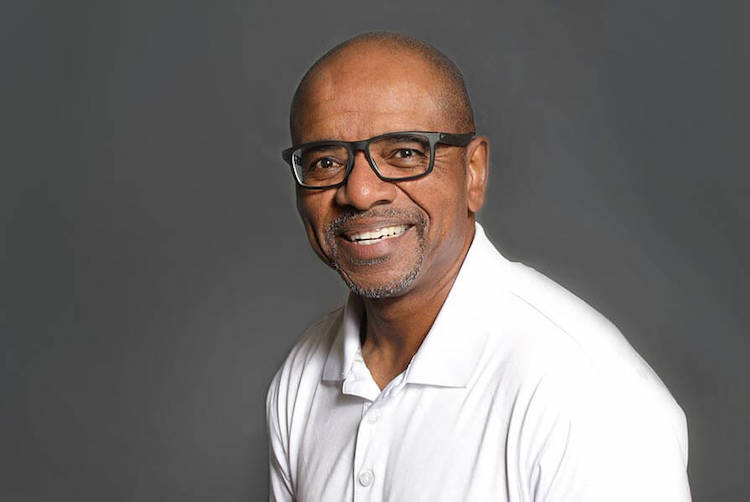ACE President Guest Post: 3 Important Lessons We Learned from Conversations About Black Representation in Fitness

The American Council on Exercise (ACE) is a nonprofit organization that works to improve physical-activity levels by certifying exercise professionals and health coaches, publishing original research, convening experts on physical activity and health, working directly with community groups, and advocating for policies to get people moving. Dr. Cedric X. Bryant acts as President and Chief Science Officer at ACE. Below are key learnings extracted from Facebook Live events the organization hosted that highlight the reality of what it means to be Black in the fitness industry.
The following is a write-up by the ACE president.
In June of 2020, ACE made a commitment to do our part in helping end structural racism and address the lack of diversity and inclusion within the fitness industry. Part of that effort included hosting two Facebook Live events in March with experts on health equity and public health, as well as with long-time ACE Certified Pros who shared their experiences as Black leaders in the health and fitness community.
The conversations were illuminating and insightful, providing valuable learnings around the state of equity, diversity and inclusion (EDI) in the fitness industry. Here are the top 3 takeaways from those discussions:
- Diversity lessens the higher up in the industry you climb. ACE Certified Professional Alex McClean offered a great metaphor in one of our Facebook Live conversations.
The fitness industry is like a tall building. On the first floor there is a lot of traffic, a number of entry points and a diverse crowd of people. But, as you work your way upstairs, it gets tougher and tougher to reach the higher floors. The entry points are fewer, and the diversity is less until you get to the very top, where there are only a select few who look strikingly similar.
While the fitness industry may appear diverse at first glance, as you move through higher level roles (e.g., managers, branding teams and corporate positions), the industry looks less and less so.
So, what’s to be done about this? McClean explains that we need to find ways to increase access and decrease barriers to entry–not only on the ground floor, but also at every level above. “To get to the top floors, we need avenues that allow for that upward mobility,” says McClean, “so that we can increase diversity in those more senior-level and upper management-type roles.”
- With so many health disparities based on race and ethnicity, the need for inclusion in the fitness industry is great. Comorbidities and chronic conditions, like hypertension, diabetes, asthma and obesity, put Black communities at higher risk of health complications. As seen during the current pandemic, these health issues also lead to more severe outcomes when battling a highly infectious and deadly disease like the COVID-19 virus. There are several reasons, many due to the long-lasting effects of structural racism, that Black communities deal with these comorbidities and one of them is a lack of access. Studies have shown that predominantly Black areas are less likely to have a gym or recreational center and more likely to be food-insecure environments. Acknowledging these systemic inequities and working to make health and fitness more inclusive is essential in the fight for health equity for all.
- Representation matters…a lot. “As a participant in fitness, a fitness enthusiast, as well as a trainer and instructor, whenever I walk into a room and see [a person of color] presenting to me, I immediately feel that much more empowered” says ACE Certified Professional Ewunike Akpan. Representation is incredibly important, and valuable, at all levels and from all viewpoints. Akpan went on to describe how she, a 20-plus year veteran of the industry, sometimes feels “out of [her] lane” when going to wellness practices like yoga or Pilates because of a lack of diversity in the studios.
Representation is also important at the corporate levels. Think about it – having more diverse viewpoints that are included and acted upon at a decision-making level will ensure smarter business decisions and help the organization reach a wider, more diverse market. “People love to support and interact with businesses that employ people who look just like them,” says McLean. “It’s a great way to build customer loyalty and customer support and is also going to positively impact the brand.”
While our conversations covered some uncomfortable truths about what it means to be Black in the fitness industry, they also provided hope and evidence of progress. As we move forward as an industry, it’s imperative we do so with intentionality and commitment. It’s easy to make a statement and a donation, but the true work requires an ongoing and purposeful effort to drive meaningful change.



